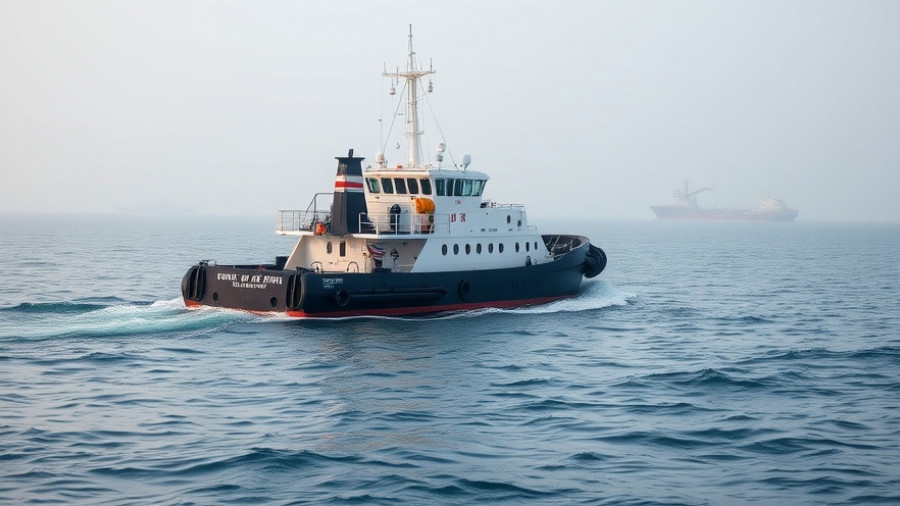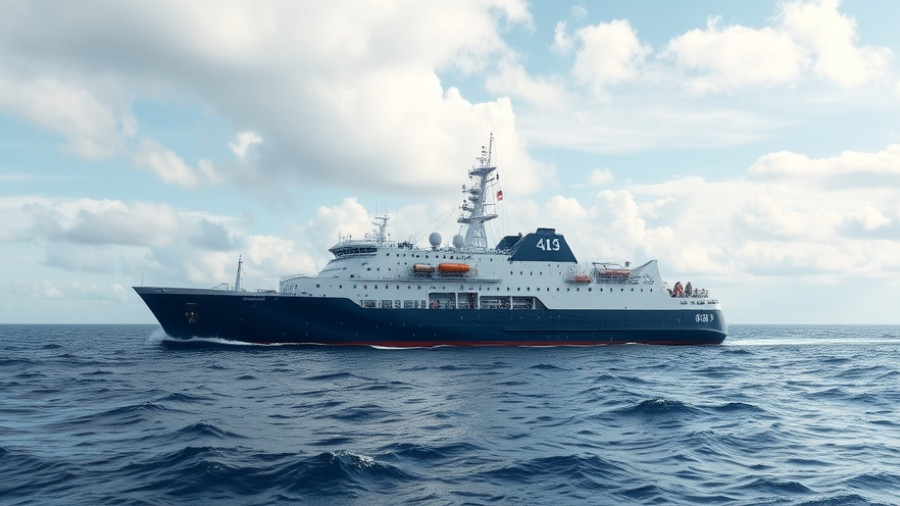
A Milestone in Navy Diving: The Integration of Women
Over the past fifty years, women have been making waves in Navy diving, a field predominantly characterized by male divers for over six decades. The transition from exclusion to inclusion didn’t happen overnight; it was marked by resilience and pioneering spirits like that of Donna Tobias, who broke barriers as the first woman to complete the US Navy Deep Sea Diver program in 1975. This shift has not only altered the demographic landscape but has also catalyzed significant technological advancements in diving equipment.
Breaking Barriers: The First Female Navy Divers
When Donna Tobias donned the hefty Mk V diving suit, weighing a staggering 200 pounds, she faced a uniquely arduous challenge: navigating a world designed for men. The fit of diving gear often presented major obstacles for women due to traditional sizing and weight, demanding innovators like Tobias to adapt equipment to ensure safety and functionality. Similarly, divergent experiences emerged, where Ensign Sue Trukken, at just 5’2”, had to enhance her own gear with makeshift solutions—stuffing padding into her suit and optimizing her equipment in real-time. These pioneering women showcased incredible courage, redefining both the physical and social frameworks of Navy diving.
Technological Evolution: Enhancing Opportunities for Women
The Navy's commitment to fostering inclusivity directly led to technological enhancements intended for all divers, regardless of gender. The transitional move from the Mk V suit to the lighter Mk 12 helmet in the early 1980s was monumental. The Mk 12 not only reduced weight but significantly improved adaptability for divers. Despite improvements, ergonomic difficulties persisted; divers continued to struggle with ill-fitting gear that demanded ongoing adjustments to accommodate their unique body sizes. The Navy's efforts to evolve gear represent a deeper commitment to equality, recognizing that technology and innovation must also include considerations for diverse users.
Reflecting on Progress: Women's Impact on Navy Diving
As we celebrate 50 years of women in Navy diving, it's essential to recognize their relentless advocacy for better equipment and representation. Their experiences shaped policies that aim to ensure every diver, regardless of gender, can perform tasks without unnecessary hindrance. Through their stories, we learn that representation is not merely about inclusion but also about respect and recognition of capabilities. To move forward, ongoing dialogue on gear improvement remains crucial, emphasizing that technological advancements should serve to level the playing field for all.
Looking Ahead: Future Trends and Opportunities
As women continue to play significant roles in Navy diving operations, the future looks hopeful. The push towards advanced technologies—such as lightweight materials, ergonomic designs, and adaptive equipment—will further enable female divers to excel. Innovations in diving technology, alongside fostering a diverse workforce, will inevitably reshape not just the diving teams but the very nature of underwater operations. Moreover, the ongoing dialogue around inclusion and improved technology promises more opportunities for future generations in any STEM-related fields needing representation.
Summary: The Journey Forward
The journey of women in Navy diving is a testament to breaking barriers and creating a sustainable future through technological advancements and enhanced inclusivity. As we move forward, it's essential to acknowledge the progress made and the groundwork laid by these women, whose courage and ingenuity have paved the way for future divers. The evolution of diving technology not only propels the Navy’s mission but also inspires ongoing commitment to equality and representation for all divers, enhancing readiness and operational success.
 Add Row
Add Row  Add
Add 




Write A Comment